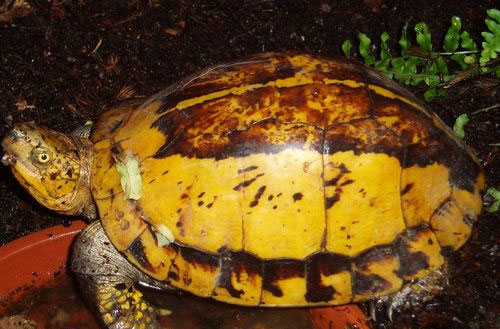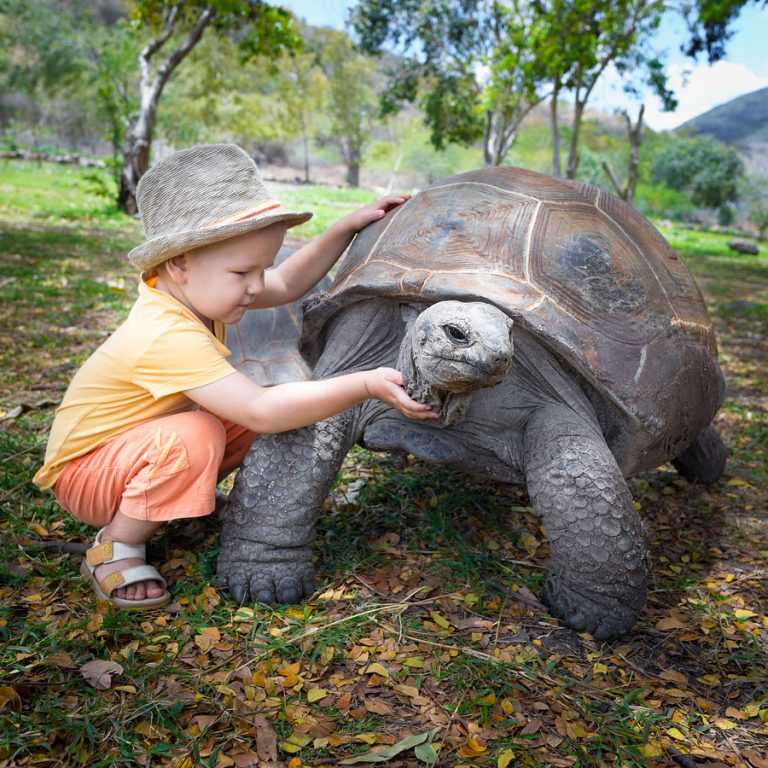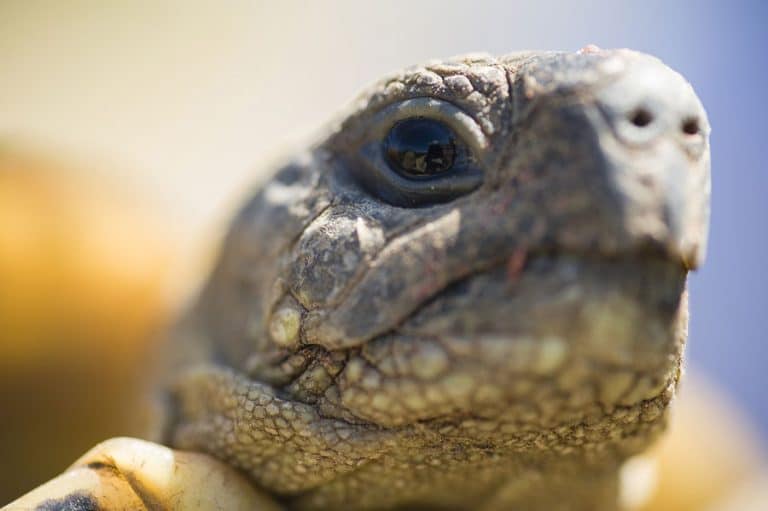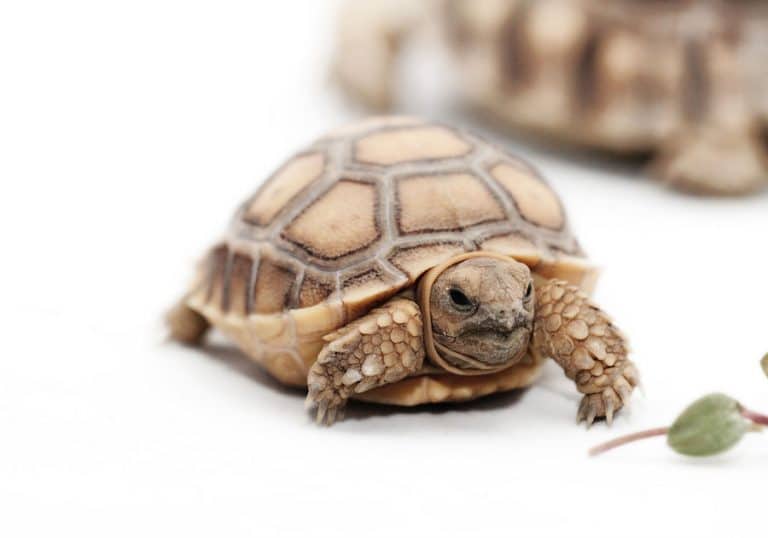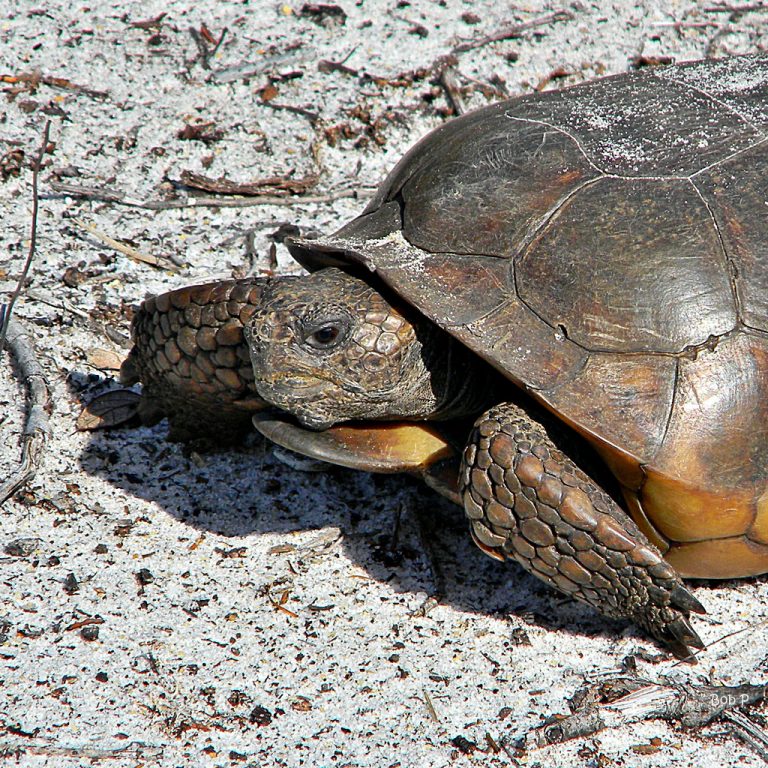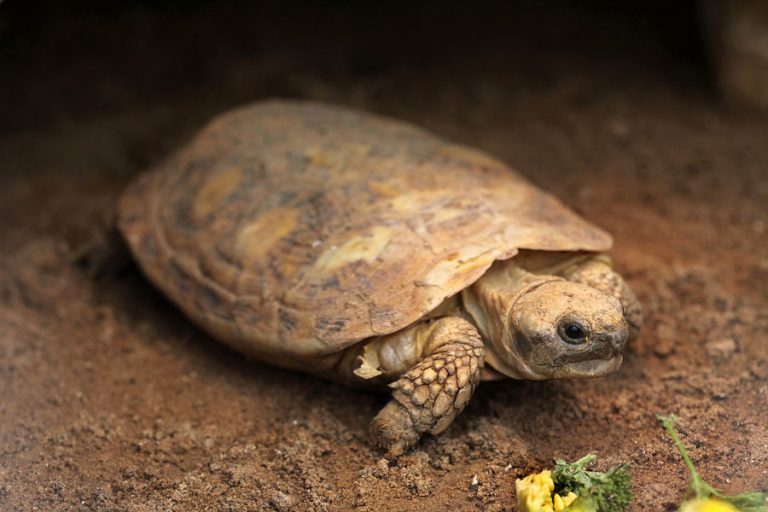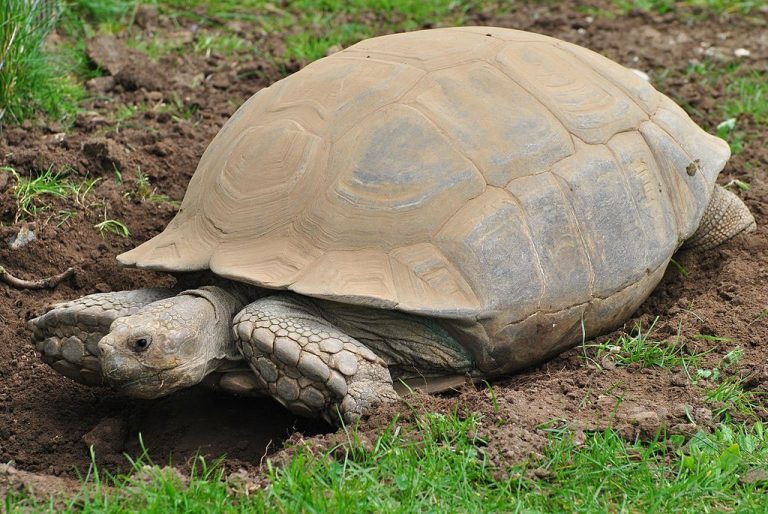Indochinese Tortoises (Manouria)
Scientific Classification
| Kingdom: | Animalia |
| Phylum: | Chordata |
| Class: | Reptilia |
| Order: | Testudines |
| Suborder: | Cryptodira |
| Family: | Geoemydidae |
| Subfamily: | Geoemydinae |
| Genus: | Cuora |
| Species: | C. galbinifrons |
| Binomial name: | Cuora galbinifrons |
Tortoises Manouria refer to the few age-old groups of tortoises that are famous for their fossil record. They generally occupy the southern regions of Asia in the mountainous regions near water. Unlike other usual tortoises, they like very cool temperatures. Their bulging scales on the thigh give them the name ‘Six-legged tortoise’. They neither brumate nor is there any documentation of aestivation. In spite of this, there are incidences where they were severely affected by hot weather.
The sub-species manouria biological classification is as given below
- M. Impressa, impressed tortoises
- M. e.Phayrei. Burmese black Tortoise
- Manouria emys, Burmese Mountain, or Asian Giant Tortoise
Burmese Mountain Tortoise
The Burmese mountain tortoise’s length extends up to 24” (60 cm). The color of their shell in most of them is dark and smooth with mild designs; the scutes are thick with well grown rings. The shell is very low with few uneven flashes on the back and front. The color of the plastron is same as that of the carapace. On the limbs they have big thick scales. The big scales on the thigh is responsible for the name, ‘Six legged tortoise’. When compared to the M. e. Emy, the M.e. Phayrei is much darker and bigger. Southwest-Thailand, Southeast-Asia, Borneo and Sumatra, their main habitats, are humid, cool, and have properly drained evergreen forests at elevations of 3,300 feet- These tortoises are frequently seen concealing themselves in leaf litter and at times in burrows.
Impressed Tortoise
Their growth extends to 12” (30 cm). Their carapace varies in color from yellowish to mustard or have a dark color with red and orange tones. Scutes have a faint color in the center and light designs. It is fast and most of them have concave shape, thus the name impressed tortoise. They have saw-like marginals that deeply flare in the back and front. The color of the plastron is brown to beige. The color of the head is red or yellow. Limbs have big scales and the thigh scales too are heavy.
Just like the Burmese mountain tortoises, the range of the species is inadequate in Thailand, Vietnam, Myanmar and Malaysia, frequently seen in elevated regions between 3300 and 6600 feet in the bamboo forests and certain times concealed in leaf litter.
Breeding
There is no definite season for their mating to take place. Still, as in other species, more activities are seen in the rain or wet seasons. Their courtship is for a short period and the males are not so violent; their courtship takes place by just nodding their head. While mating or courting, the male, at times, roars or hisses, and you can see the couple many a times communicating with different noises. Their vocal pattern is unique in each individual. Normally, this genus, gives the impression that for a life time. they bind in pairs. April to May and September to October are their nesting period. The female constructs a big nest made of the debris of leaves in an arid, sunny location that perhaps takes days to construct. She lays around 40 eggs (there are records of 51 eggs, which is the biggest clutch when compared to any other land turtle). The egg size is about 60 mm. This is only one of the species where the parents, particularly the females, protect the nest violently for many days, and stay near it for weeks! There are recorded instances where they have chased monitor lizards and human beings. Over time, the females repair or modify the heap of debris. The shortest period of incubation is 70 days.
As a Pet
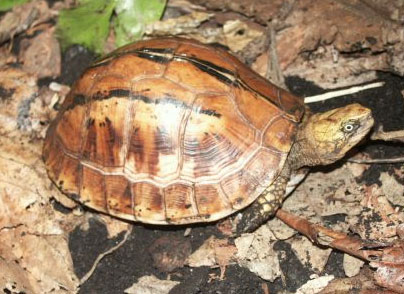
Indoor Housing
The minimum space require for a very young tortoise is a 20 gallon tub or tank or greater size. When they grow up to 6 inches in length, a 40 gallon tank or tub is sufficient. For adults the minimum size recommended is 8’ x 4’. Keep the enclosure safe and waterproof. Heaps of leaf litter makes a good shelter for them to hide, which is a necessity. Natural ‘baby safe’ plants are good for them, but there are chances for them to trample on or eat the plants. An easy method of providing substrates is hardwood mulch, orchid bark (high-grade Douglas fir bark) or cypress.
Outdoor Housing
When constructing outdoor pens, make sure that they are secure from predators attack (or robbery), and from escaping. Besides, furnish it with good plants and other items that act as food for them and make provisions for them to hide. Pure water and hiding places (heap of leaf and debris) are essential. Provide heated shelter in case the temperature falls below 65 – 70°F, sprinklers or misting in the tank is essential when the temperature rises or when it is dry.
This species is surprisingly a lively variety, good at climbing. Provide a roof for the outdoor pens. Otherwise, design the pen using materials that facilitate easy climbing, such as fencing made of chain links. Cover the corners so that the tortoises are unable to ‘shimmy’ up them.
Temperature and Humidity
Maintain a shady, very humid and warm, but not hot climate.
- The preferable temp. The range is 68-79°F (20-26°C). 60°F (16°C) is tolerable and perhaps lesser. It cannot tolerate above 86°F (30°C) even though some keepers say that heat is not an issue provided there is sufficient shade and misting. (Heating)
- Requires high humidity (80-100%), rain stimulate activities and appetite (Humidity)
- Mild lighting with low-voltage UVB lighting is suggested. (Tortoises with regular access to unfiltered sunlight never require UVB lighting) (lighting)
Water
All the time keep an easily cleansed shallow and wide bowl of clean water. Maintain the rim of the bowl in level with the substrate. M.Emys in particular relishes remaining in the water.
Diet
The diet chiefly consists of plants, vegetables, greens, and fruits, little quantities of cooked tortoise chows, proteins are used in place of or in combination with fresh foods
The Plants are chiefly flowers, hays, lettuces, mushrooms, greens, leaves, grasses or flowers of edible plants like leaves of fruit trees like mulberry and hibiscus . Keep away from feeding them repeatedly with the same items like cabbage, spinach and iceberg lettuces.
- The particular varieties of garden plants that they relish are Alacosia, Philodendron, Colocasia, Malanga, Jack-in-the-pulpit and Pothos.
- Fruits and vegetables comprise of squash, bell pepper, shredded carrot, pumpkin, kiwifruit, apples, etc. Papaya and figs are preferred. Limit the amount of grapes, bananas and citrus to a minimum of 20 % of the diet.
- Limit the quantity if meat to 10% or even less of the diet. Worms and live bugs, medium cooked eggs, slugs and snails, ‘oily fish’ (mackerel, salmon etc) chicken, cat or dog food etc.
- Certain authors are of the opinion impressed tortoise consuming mushrooms as the major part of the diet in the wild, which is relished by both the species. Tiny ‘button’ mushrooms are not a good option, where as oyster mushrooms are a good choice. Be aware of the fact that wild mushrooms are a resource of vitamin D, this is the reason why they are liked by the shade loving torts, yet framed mushrooms are so nutritious.
Feed them every day and discard the unused food. A good method to avoid overfeeding is to curtail the food of higher calorific value (such as meat and fruits). Limit it to a quantity less than the size of the tortoise’s head.
Other
- M. Emys is a bigger variety with more or less particular requirements. Only keepers who satisfy their specified requirements should attempt to keep this pet.
- A Manouria tortoise that you catch in the wild is to a certain extent parasite ridden and normally ill-tempered. You must take them to a vet as fast as possible for a complete check up and treatment. On account of this and their and particularly endangered status always use captive bred animals.
- Although a rather introverted variety, owners frequently mention that they grow an affinity to their keepers

Having discovered a fondness for insects while pursuing her degree in Biology, Randi Jones was quite bugged to know that people usually dismissed these little creatures as “creepy-crawlies”.

